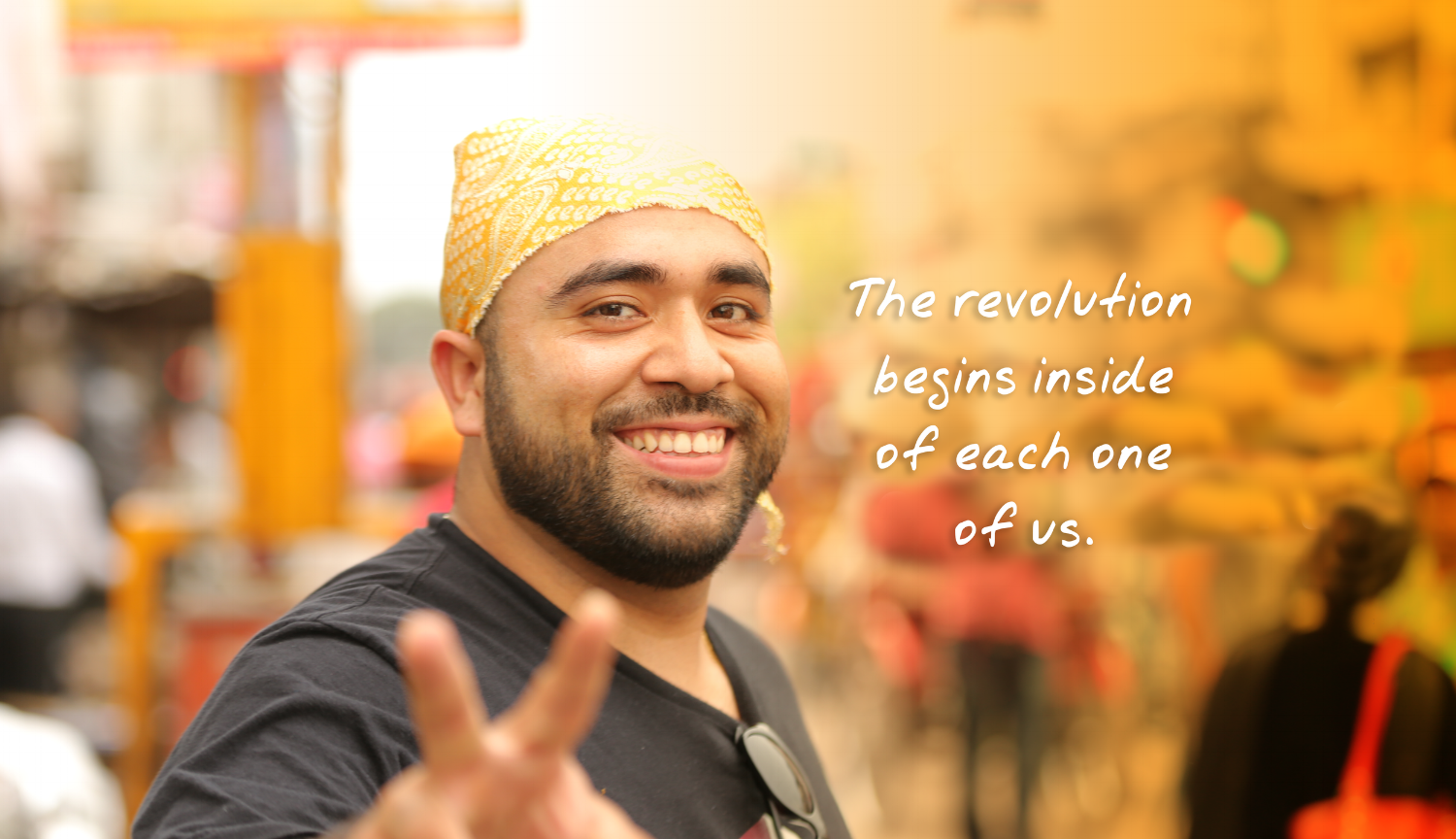Recommendations For Editing Inspiring Documentaries
As promised, here’s Part Two of my discussion about creating inspiring documentaries. You can read Part 1 about Joe Berlinger’s new, uplifting, observational documentary, which breaks the “take down” mold, in last week’s blog.
As educated, critical thinkers who are often aware of global crises, we documentary filmmakers tend to make films that critique the status quo. The American independent documentary community has been doing that for decades—and initially very effectively.
But despite the so-called golden age of documentaries, I fear documentaries are beginning to get a reputation as “downers”. Or, as Joe Berlinger puts it, “take down” documentaries. Who wants to go out on a Saturday night to see a depressing documentary, except for a shrill chorus of jaded activists? (I can say that because I used to be a member of the choir.)
Don’t get me wrong. In an age of declining print journalism, we need well-made investigative documentaries more than ever, and one of my recent favorites was Citizen Four. But these don’t have to leave viewers shaking their heads in woe.
Here are four suggestions for tweaking your current work-in-progress to avoid creating a documentary that unintentionally disempowers viewers.
First, find a character (or if you already have one, focus on their solution-oriented actions) who is involved in solving a tough social issue problem. For example, one of our editors is cutting From India With Love.
It’s a documentary that takes on the problem of violence by following a protagonist who brings victims and perpetrators of violence on a healing trip to India.
Second, make sure that your film ends on an empowering, uplifting note. With my own upcoming documentary American Visionary: The Story of Barbara Marx Hubbard, although an inspiring ending had been my intention all along, early test screenings revealed that many people felt sad and depressed afterwards.
With a few changes–a new concluding sequence, emotional music, and a final image of Barbara laughing–we dramatically changed the film’s tone leading into the credits. Subsequent rough-cut screenings revealed that people felt inspired by the end of the film. With iterative effort, my editor and I had, thankfully, hit the right departing note.
Third, don’t wait until the end of the film to reveal a solution or sign of hope, as Davis Guggenheim did in An Inconvenient Truth. What was innovative ten years ago—ending an activist documentary with a call to action–but may not work now, when viewers have a shorter attention span and less of a wow response to expose docs. How can you find ways throughout your film’s dark arc to give the audience hope? (Check out Michael Moore’s documentary Capitalism, which reveals prior to the midpoint the hopeful notion of “alternative currency”).
Finally, as I’ve had to do on more than one occasion, check in with your own motivations. Do you feel angry and only want to take down an institution or person? Are you always blaming the bad guys, pointing the finger at corporate villains? Angry, vengeful, or self-righteous motivations aren’t great mindsets from which to create a galvanizing documentary.
How can you find a way to be for something, seeding your film with possible solutions, rather than solely against something?
If you need help making a documentary that will bear the fruit of purposeful activism, please email me to see if you qualify for a free initial consultation.
